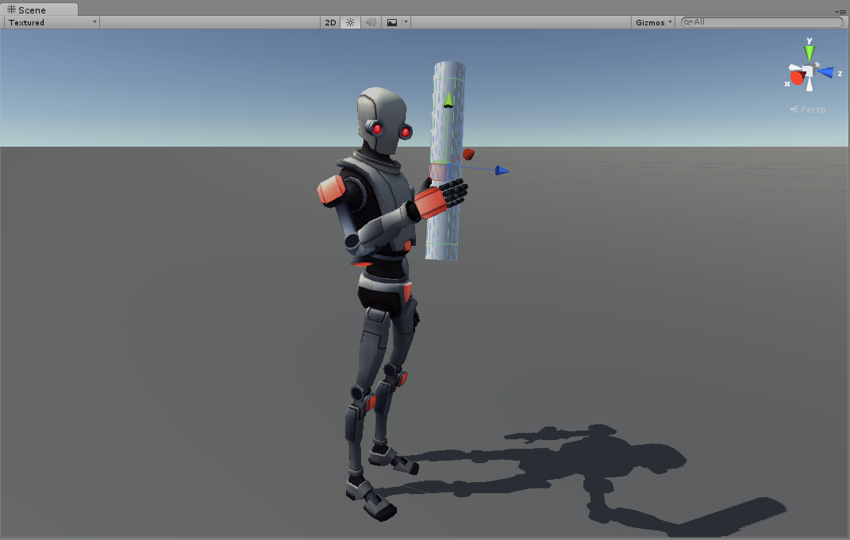

I realised that this is due to your calculation of ‘L’:Īs angle gamma changes, the ‘length’ of the coxa should change too. The problem is, when viewing the leg from top down, the ‘foot’ moves in an arc, not a straight line as I intended. b …moving from position a -> b -> c -> d, repeat The problem arose when I plugged some co-ordinates into the formulas to get the leg to move in a walking motion, the co-ords were spaced something like this: I currently have one working, 3d printed leg… but I ran into some problems and I think I found some omissions in your formulas.

I’ve used your info as a guide while making a hexapod for a technical project at uni – your material is really helpful and well communicated, so thanks! :)
KITEMATIC INVERSE RIG CODE
If you want the robot to balance dynamically you NEED to know where the feet are and where they’re going to need to be. Please understand that I’m not going to do all your work for you, so the code or equations I share are not guaranteed on their accuracy but purely a demonstration of how the method is derived and works. This is why the kinematics of the feet are important to you. As soon as you push it past that point, so the centre of mass is the other side of the centre of pivot it will fall. As the centre of mass approaches a point directly above one of the edges (our centre of pivot) the cube will feel lighter to your touch and if you can get the centre of mass directly over that centre of pivot it will balance. The centre of mass is above the centre of pivot (the edges) but because it’s between them (when viewed from every direction) it will just sit there until you prod it.

When the cube is just sat there it’s stable. If you’re a little unclear about Robot Kinematics, I recommend to start with something basic, a cube is a good start, and imagine that its centre of mass is right in the middle (which it will be if its density is even throughout). Here is an implementation of a 3 DOF hexapod robot which I built using IK: If you feel confident about the Inverse Kinematics basics, you can jump to beyond the edges of his feet) the robot will overbalance and fall. the edges of where its feet contact the ground). If the centre of mass is above the centre of pivots and between them the robot will balance (almost an unstable equilibrium, if you’re an applied mathematician. If the centre of mass is above but outside the centre of pivots (i.e. As you might know “balance” can be defined as the robot’s centre of mass (affectionately referred to as its centre of gravity) being between its centre of pivots (i.e.


 0 kommentar(er)
0 kommentar(er)
